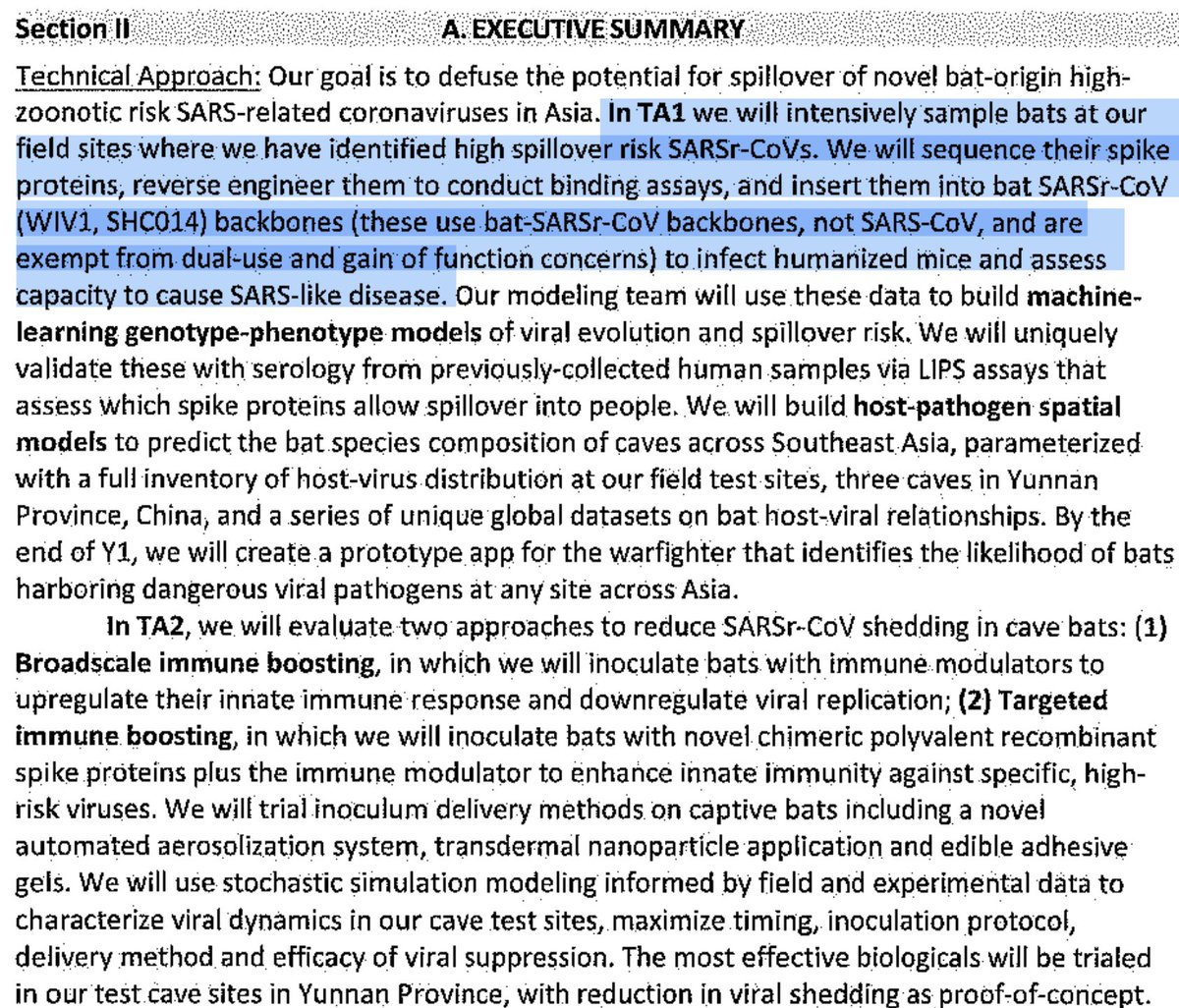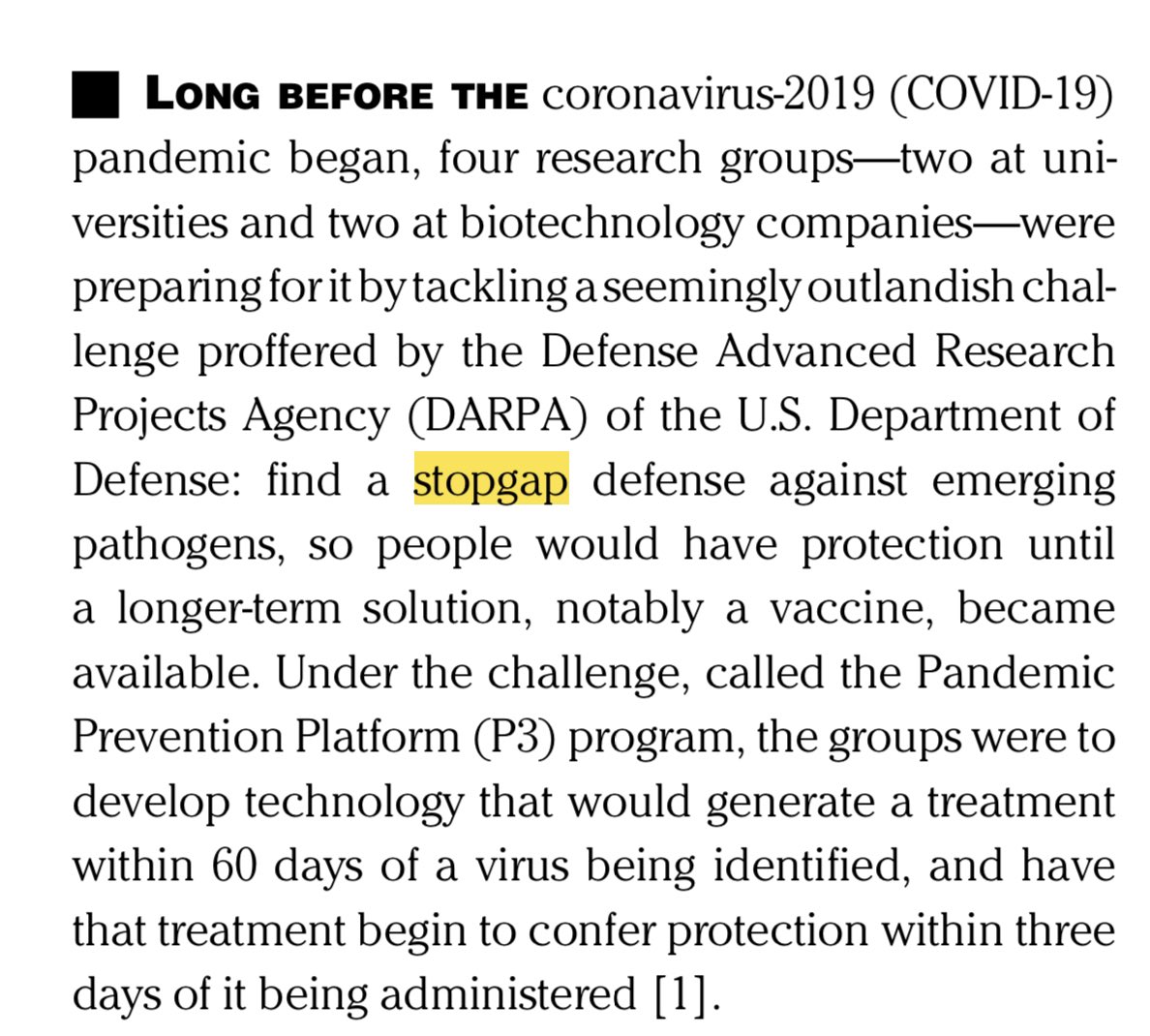
CEO @Ligandal 🧬: Tissue-specific targeting with AI + nanotech. On a mission to enable precision personalized predictive medicine. Forbes 30U30.
9 subscribers
How to get URL link on X (Twitter) App




 Prompt 1: Write an argument debunking the “Proximal Origins of SARS-CoV-2” article.
Prompt 1: Write an argument debunking the “Proximal Origins of SARS-CoV-2” article.


 1. Failed containment. We did too little, too late.
1. Failed containment. We did too little, too late.



https://twitter.com/SorekLab/status/1489591025710555143What is bacterial adaptive immunity? When phages (viruses that infect bacteria) insert their genetic materials into bacteria, bacteria use a host of evolved genetic immunity techniques to fend off invaders.


 See the full list here!
See the full list here!https://twitter.com/erictopol/status/1256309479139762177
https://twitter.com/EricTopol/status/1397045320014462984?s=20



